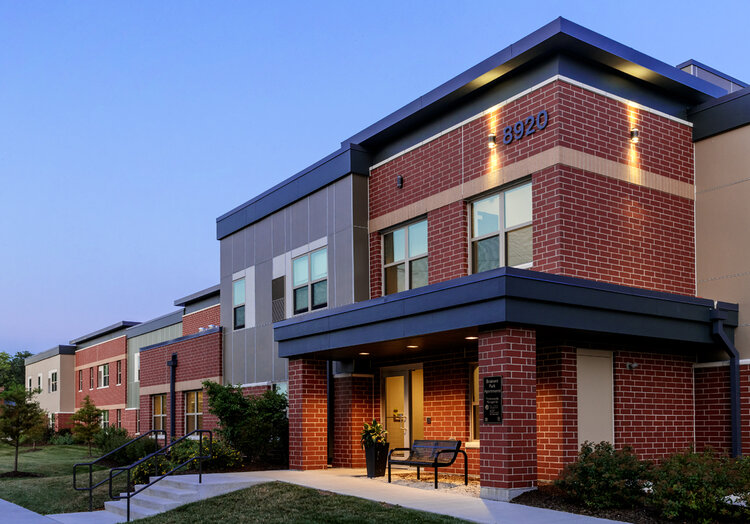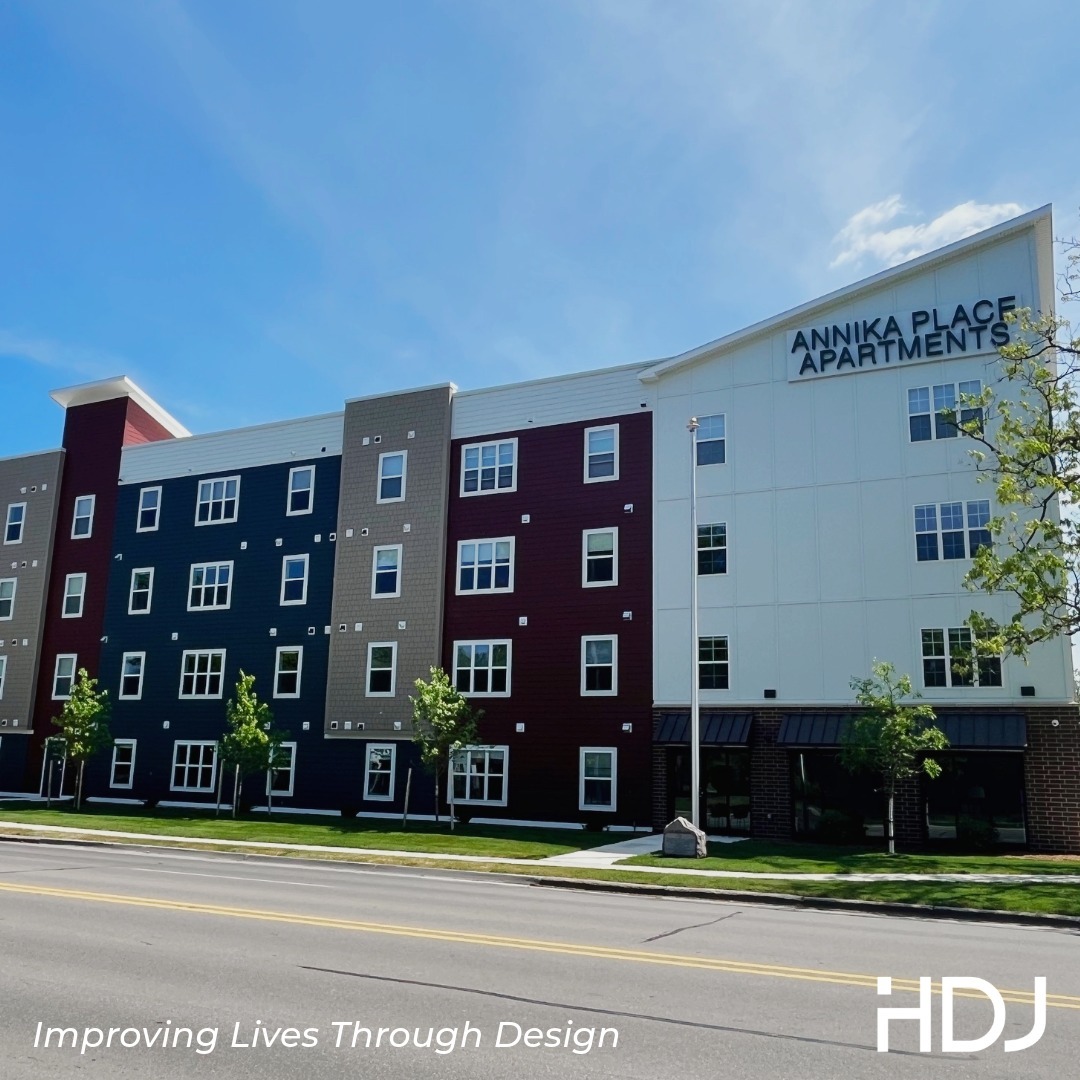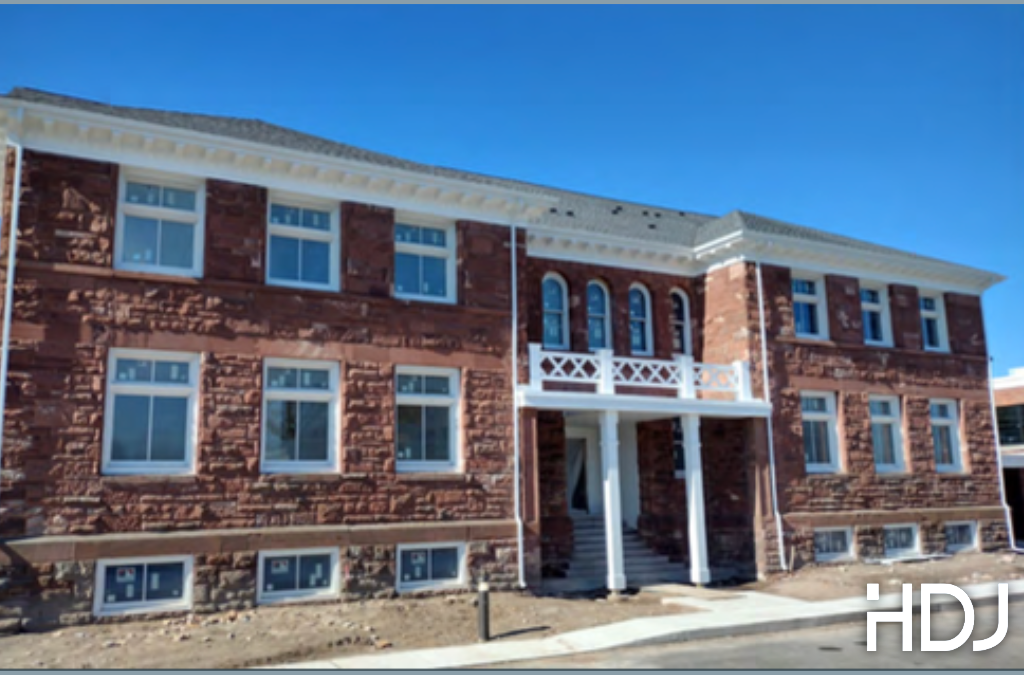Connect with HDJ’s architects and engineers to begin your affordable housing project!
HDJ supports the affordable housing industry nationwide, whether financed by LIHTC, HUD 221d(4), USDA RA, HOME, CDBG, TIF, AHP, or any other product.
Whether an affordable housing development is financed with 9% tax credits or 4% tax credits, there are meaningful differences. It’s important to note that the implications of these differences do matter to development partners, including the developer, architect, general contractor, and syndicator.
There are two major differences between the 9% and 4% tax credit.
- The equity generated; and
- Competitive (9%) vs. non-competitive (4%)
The 9% tax credit tends to generate around 70% of a development’s equity while a 4% tax credit will generate around 30% of a development’s equity. Additionally, 4% tax credits are primarily for those projects seeking financing through tax-exempt private activity bonds.
As a result, demand for 9% tax credits far surpasses the supply; there is a limit to the amount of 9% tax credits allocated each year from the federal government. In 2019, that allocation was $2.76 per resident (with a minimum state allocation of $3.167 million). Therefore, states have developed competitive application processes to determine which projects will receive 9% tax credits. On the other hand, the utilization of 4% tax credits is based on each states’ volume cap of private activity bonds. While volume cap and demand for 4% tax credits varies by state, they are often considered automatic because the demand for them meets the supply; no competitive process, therefore, is needed to allocate them.
One other important difference between the 9% tax credit and 4% tax credit is the applicable percentage. Following the recession in 2008 and in an effort to strengthen the LIHTC program, federal legislation fixed the applicable percentage of 9% tax credits at 9%. The percentage for 4% tax credits, however, changes each month; this percentage has been well below 4% for over ten years. As this impacts the amount of equity in a project, industry advocates and partners on Capitol Hill have proposed legislation to fix the 4% tax credit to 4%. See a recent post by HDJ on the Affordable Housing Credit Improvement Act (AHCIA), which seeks to strengthen the Low-Income Housing Tax Credit and address the severe shortage of affordable housing throughout the country.
While there are other distinctions, any development financed by either the 9% or 4% tax credit must comply with federal income limits and set-aside rules (20% at 50% AMI or 40% at 60% AMI). Developers generally seek other financial products and sources of funds to help close the gap. Ultimately both of these tax credit programs are important tools meant to spur the development and preservation of affordable housing.
HDJ, Inc. is a leading national design firm providing architectural and engineering expertise to support the affordable housing industry throughout the United States. HDJ’s diverse portfolio includes successful outcomes with adaptive reuse renovation, acquisition rehab, new construction, historic preservation and RAD. Contact HDJ to learn more about how we can support your affordable housing needs.
Author: Josh Hahn




